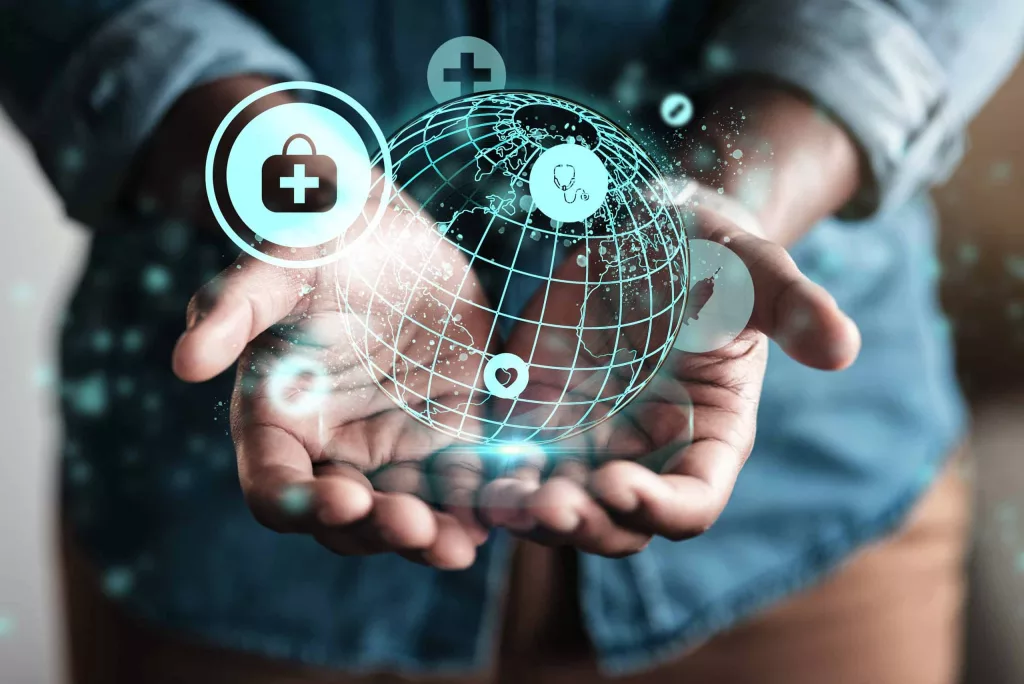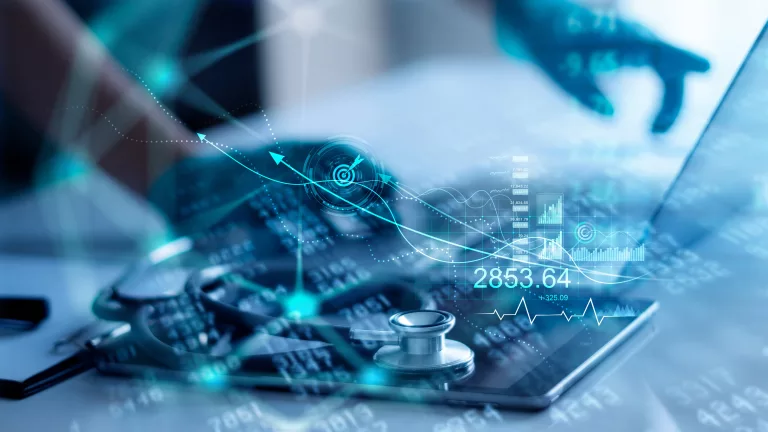According to the WHO, eHealth or digital health can be defined as “the use of information and communications technology in support of health and health-related fields”. It encompasses several concepts such as mobile health (mHealth) and telemedicine. mHealth involves “the use of mobile wireless technologies for public health” ,,,.Telemedicine can be described as the “use of digital technologies to overcome distance barriers in the delivery of health services” . All these tools have the potential to improve cancer care across the care continuum. Coverage and quality of health practices and services can be improved through the implementation of point-of-care and eHealth solutions.,. Digital health can improve access to cancer care in LMICs, by reducing geographical inequities, decrease costs and provide valuable data in countries where population-based cancer registries are lacking. Telemedicine can compensate for the deficiencies of the health care workforce and infrastructure in LMICs and improve cancer prevention, early detection, and treatment. By using wearable sensors, telecommunications, the Internet of Things (IoT), and Artificial Intelligence, mHealth is enabling remote care for activities that previously required systematic on-site, face-to-face interactions. Overall, telemedicine and e-health solutions have the potential to relieve major pain points in the care pathway of patients affected by cancer in LMICs.
Digital health pilots rely mostly on grants until proof of concept is completed. Unfortunately, not enough of these innovating companies are reaching minimum commercially viable scale. This is referred in the literature as “pilotitis” and explained by the lack of several factors, including (1) user-centric design approaches, (2) the systematic engagement and training of stakeholders, (3) ensuring inter-operability and, in particular, the use of standards, (4) a favorable policy environment, (5) sufficient extrinsic ecosystem (hardwares), (6) the knowledge of determinants of success and failures of similar projects, (7) proof of efficacy and cost-effectiveness,.
Furthermore, the use of teleoncology in LMICs comes with several challenges:
- First of all, relying on digital technologies could actually exacerbate inequities in access to care, insofar as access to digital communication facilities can vary by sex, age, geographical location, education and economic status.
- Secondly, telemedicine implementation could come with financial constraints, given that the cost of internet subscriptions in relatively higher in LMICs than in high-income countries. Moreover, a significant percentage of the population still lacks access to mobile phones that are sophisticated enough to access mHealth services.
- Thirdly are the healthcare system shortcomings, where the reimbursement policy could represent a barrier for coverage.
- Another challenge lies in the reception of such technology by the prospective users (the patients), that can vary across different sociocultural groups, and by the providers (the health care professionals), who need training.
- Finally, data privacy and regulatory issues are also a concern.



